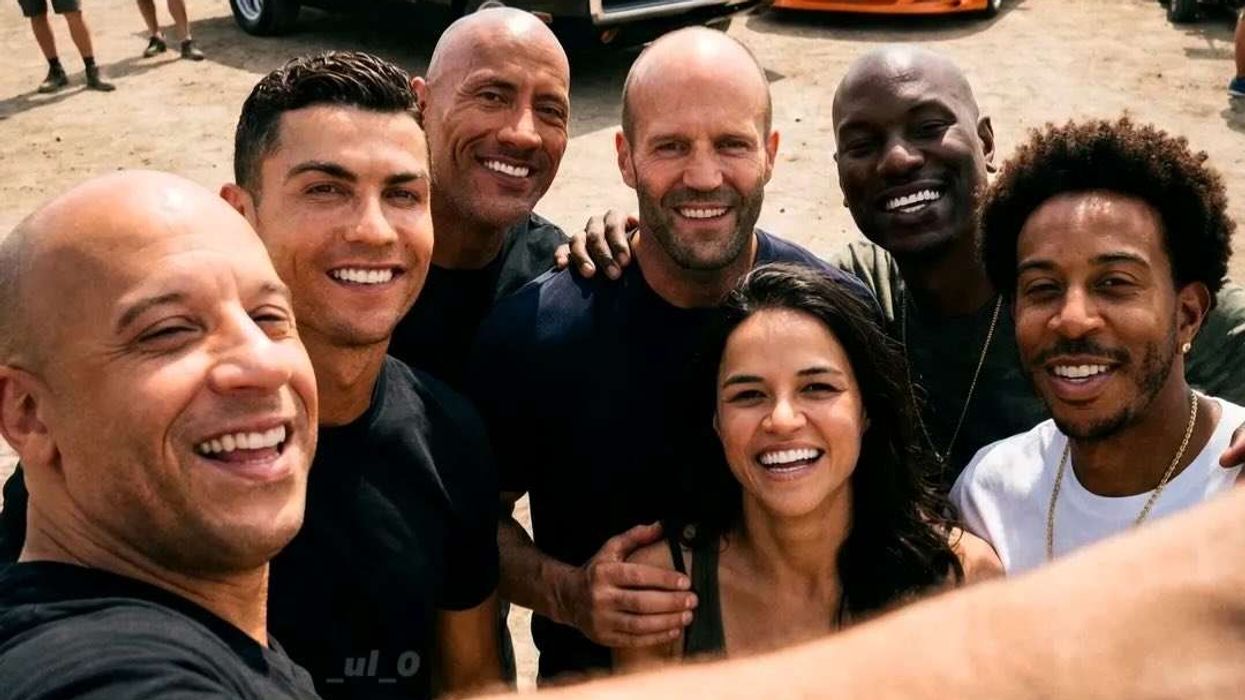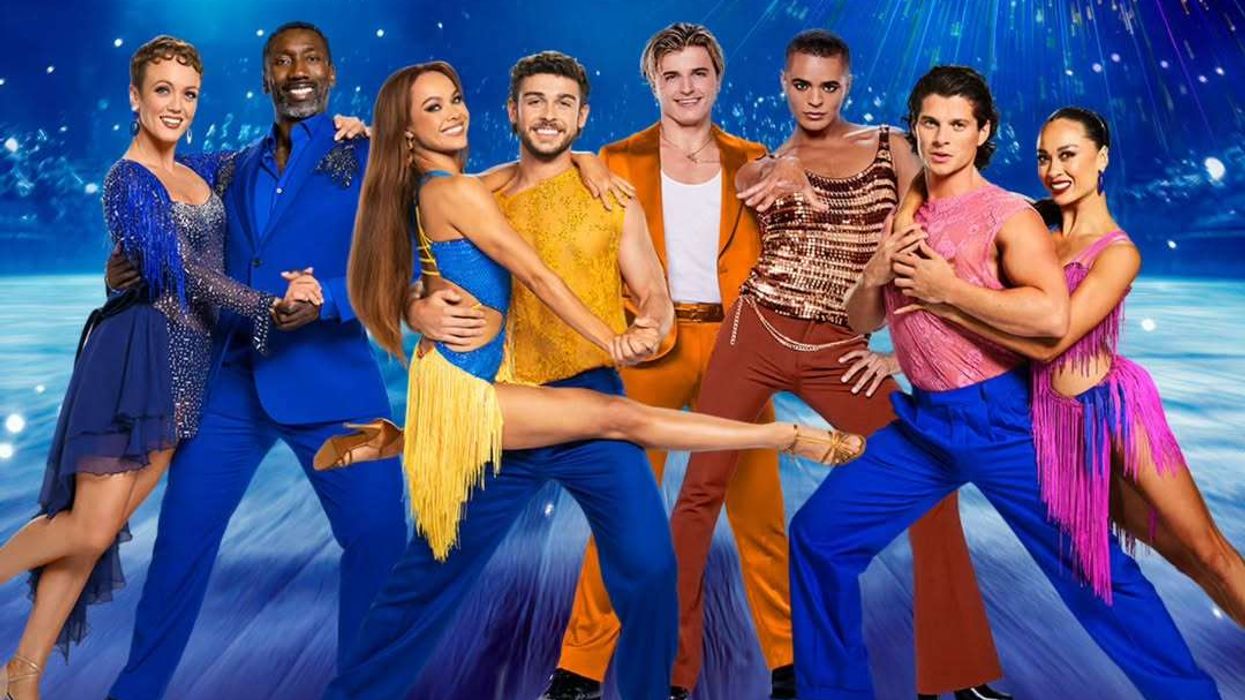WRITER-DIRECTOR DISCUSSES HIS MITHUN CHAKRABORTY BOOK AND FILM PLANS
A DEEP love for cinema resulted in Ram Kamal Mukherjee forging an impressive career that has included running a major Bollywood publication, writing acclaimed biographies of big stars, and becoming an award-winning filmmaker.
On the writing front, he has followed up some winning books on popular Bollywood legends Hema Malini and Sanjay Dutt, with his latest biography Mithun Chakraborty: The Dada Of Bollywood. The fascinating book sees him take a deep dive into the remarkable life of a self-made actor, who defied the odds and discrimination to become a great cinema icon.
Eastern Eye caught up with Mukherjee to discuss his authorised book on Mithun Chakraborty and fascinating details he learned about him. The multi-talented maestro also revealed details about his forthcoming films.
What led you towards writing a book about Mithun Chakraborty?
It’s very funny. We went to promote my biography Beyond The Dream Girl with Hema Maliniji on a reality show where Mithun Chakraborty was a judge. That’s when Hemaji casually mentioned to Mithunda that he should allow me to write a book on him. Obviously, Mithunda shied away and rejected the idea. But that germ Hemaji had sown unknowingly stayed with me as an author. Then I started working on Mithun’s life and found many interesting anecdotes. But since Mithunda was very reluctant about having his own authorised biography, I didn’t push.
Finally, how did you manage to make the book happen?
A couple of years later, during corona and lockdown, we were shocked with the sudden demise of Sushant Singh Rajput. And that’s when the industry split into two parts. Nepotism kids and the ones who came without any godfather in this industry. That’s when I remembered that Mithunda was probably one of the first from Bengal to enter cinema without any filmy lineage and break all the norms, to emerge as a superstar. I wanted to tell his story, so that every newcomer who comes to Mumbai with hope can survive the struggling period and not lose hope.
Tell us about the book?
The book is like a thriller. Simply because Mithun’s life is nothing but a roller-coaster ride. The journey starts from his youth days when he was struggling in Kolkata and how he was shifted overnight to his uncle’s house in Mumbai during the Naxalite movement in Kolkata. The book touches upon all important aspects of his life, things which he wanted to share and facts documented in the public domain.
What was the biggest challenge of writing it?
The biggest challenge was Mithun himself. It was tough to get access. He is a recluse and doesn’t even have a social media account. He hates the phone. When not shooting, he loves spending time with his family and pets. Personally also, he went through a lot, emotionally and physically, in the last two years when I was writing the book.
How did you manage to get hold of him during lockdown?
Since meeting was almost ruled out due to corona, we had to depend on phone chats, pre-recorded interviews, and unused facts from many years of our conversations. But I am thankful to his family, especially Yogeeta Baliji, who became the bridge between me and Dada. After finishing each chapter, I would take an unofficial approval from the family. They would correct my errors, and many a times added more information to make it look authentic.
It seems like the book is a big collective effort…
Yes! His sons, daughter, sister, secretary, everyone read and approved the manuscript before it went to print. I am glad that the family appreciated my effort and Dada is really happy with the final outcome.
How does this compare to other celebrity books you have written?
That’s unfair for me to compare. But all I can say is that the book has been rated 4.6 out of 5 stars in Amazon, which is the highest rating on any biography so far.
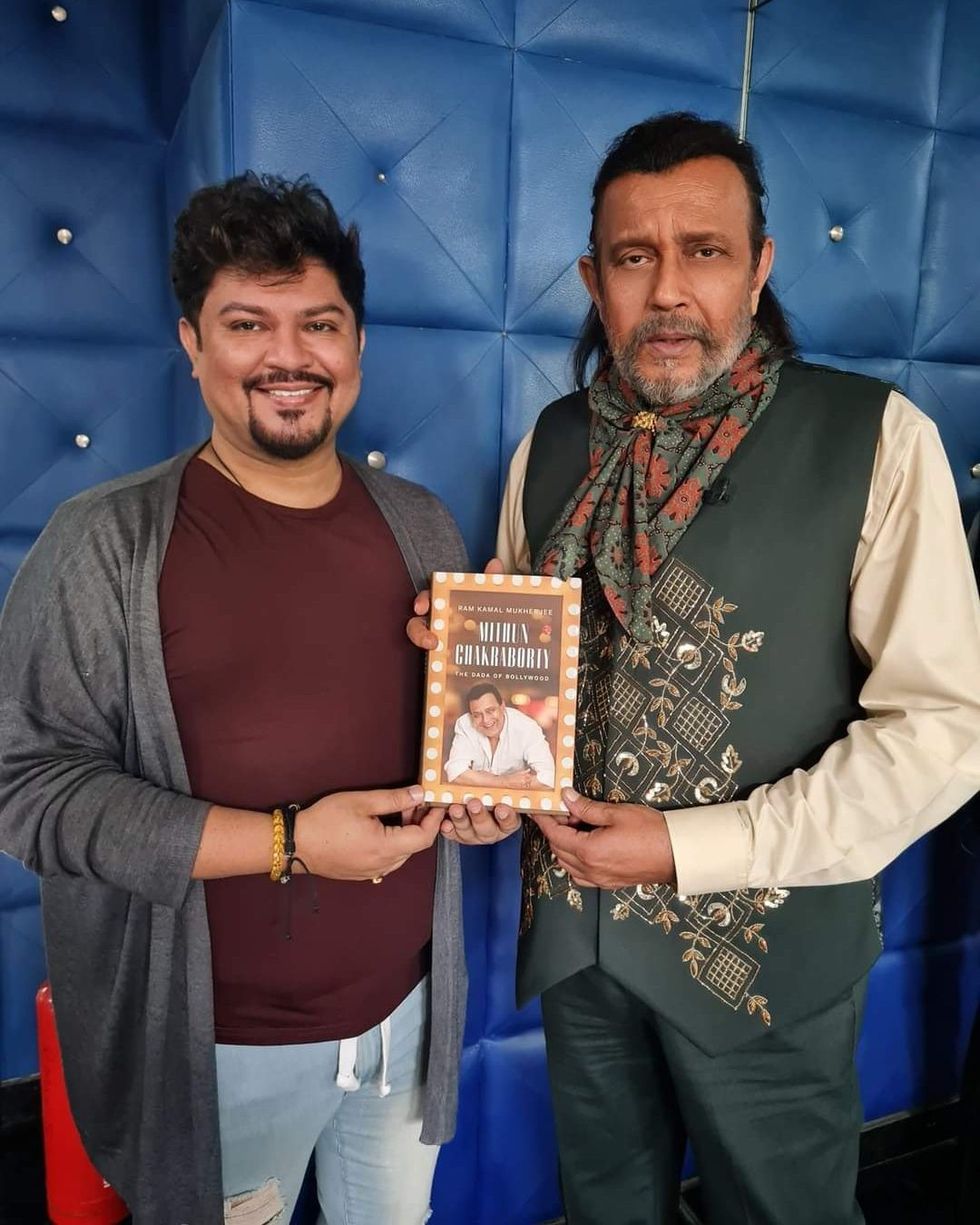
Tell us some interesting things you learned while writing the book?
There are many aspects of Mithun that would inspire you as a human being. A boy without any support, he would struggle in Mumbai to meet his meals. Occasionally, his mother would sell her jewellery to send him some cash for survival. Being a dark, tall, and non-Hindi speaking boy, he would instantly get rejected by casting directors. That’s when he decided to play a villain in films, but even that didn’t happen. Then he started playing junior artists in films like Do Anjaane starring Amitabh Bachchan and Rekha. But he didn’t give up till Disco Dancer happened in his life! His unchallenged popularity didn’t shake him from his roots. That shows his integrity as a person.
Were there any things about Mithun’s film journey that surprised you?
Yes! Every time he would face a roadblock, he would not wait for it to open. He would find another route to reach his destination. He is not someone who would sit and sob. He is a fighter who would survive in any given situation. That’s the reason why he is often compared to a royal Bengal tiger.
Do you have a favourite part?
The parts where he opened his heart out about his family, loved ones and struggle as an actor. There are moments in the book that will moist your eyes and make you have a lump in your throat.
What do you most like about his journey?
Telling a story of a common man, who is born with an extraordinary skill!
What is your favourite Mithun movie?
Disco Dancer to begin with because it was a clutter breaking piece of cinema. Probably, the first and best story of an underdog that worked commercially and otherwise in this industry. Personally, I loved Mithunda in Mrigaya, the film that fetched him a National Award, and Ekti Nadir Galpo.
What do you most like about him as an actor?
His eyes, which speak volumes. He is a versatile actor with a wide range of expressions. If you see his cameo in Mani Ratnam’s Guru, you will know what I’m exactly trying to say. With powerful actors like Abhishek Bachchan, Madhavan and Vidya Balan, he excels in every scene of that movie. As someone rightly mentioned, you will find terrible scripts in Mithun’s filmography, but in those terrible films Mithun, as an actor, has always been appreciated. That’s a huge compliment.
What can we expect next from you?
I am gearing up for the release of my films Broken Frame with Rohit Bose Roy, Sritama Dutta’s Talluq with Vinay Pathak and Anupriya Goenka, and Shliladitya Moulik’s Inside Job on OTT platform. I have recently announced my dream venture 1770 Ek Sangram, based on Bakim Chandra Chatterjee’s novel Anandamath. The film will be made in three languages – Tamil, Telugu, and Hindi. I am also working on two other scripts, which I will announce soon.
What is it that inspires you as a writer and director?
I am a storyteller. As an author I am telling a story, as a director I am telling a story, and as a producer I am helping someone else tell a story. Hope that answers it all.
Why should we all read Mithun Chakraborty: The Dada Of Bollywood?
You must read this book to know that every person struggles hard to reach his or her goals in life. Nothing comes easy. Mithun had to break the walls through his talent and sheer perseverance. That’s how one needs to see his life and not give up on his or her dreams.
Why do you love cinema?
Cinema is my first love. Because without cinema, I feel we would not know what love means.
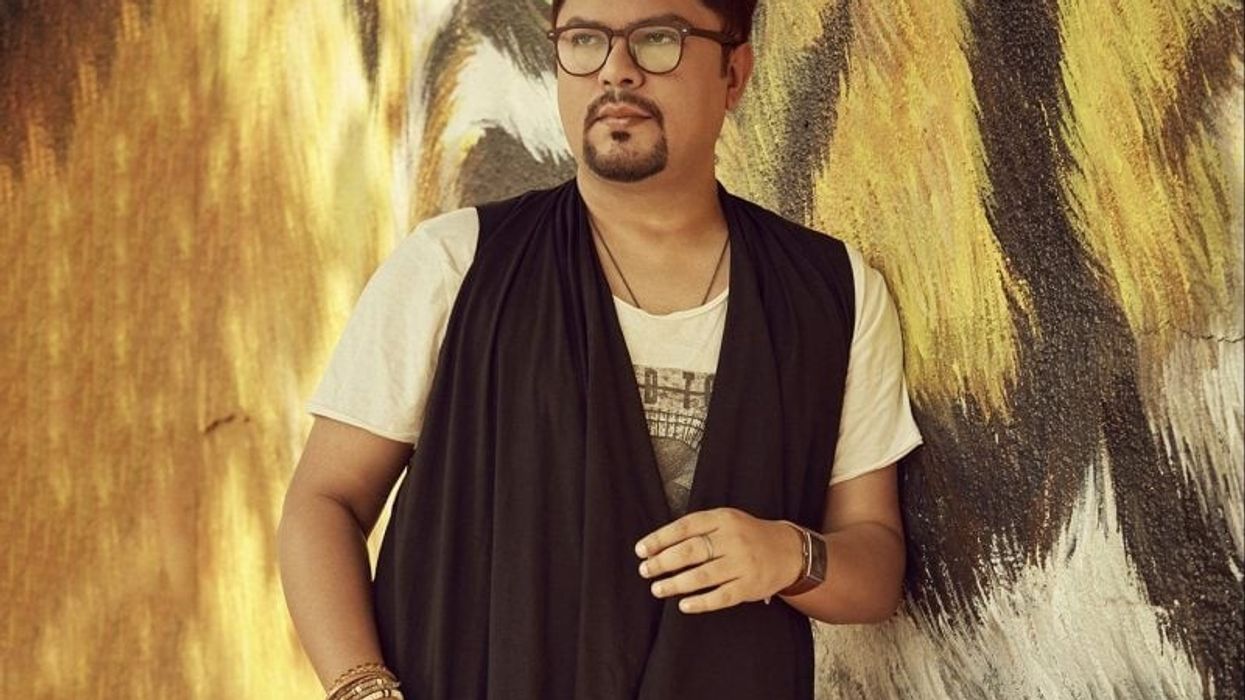
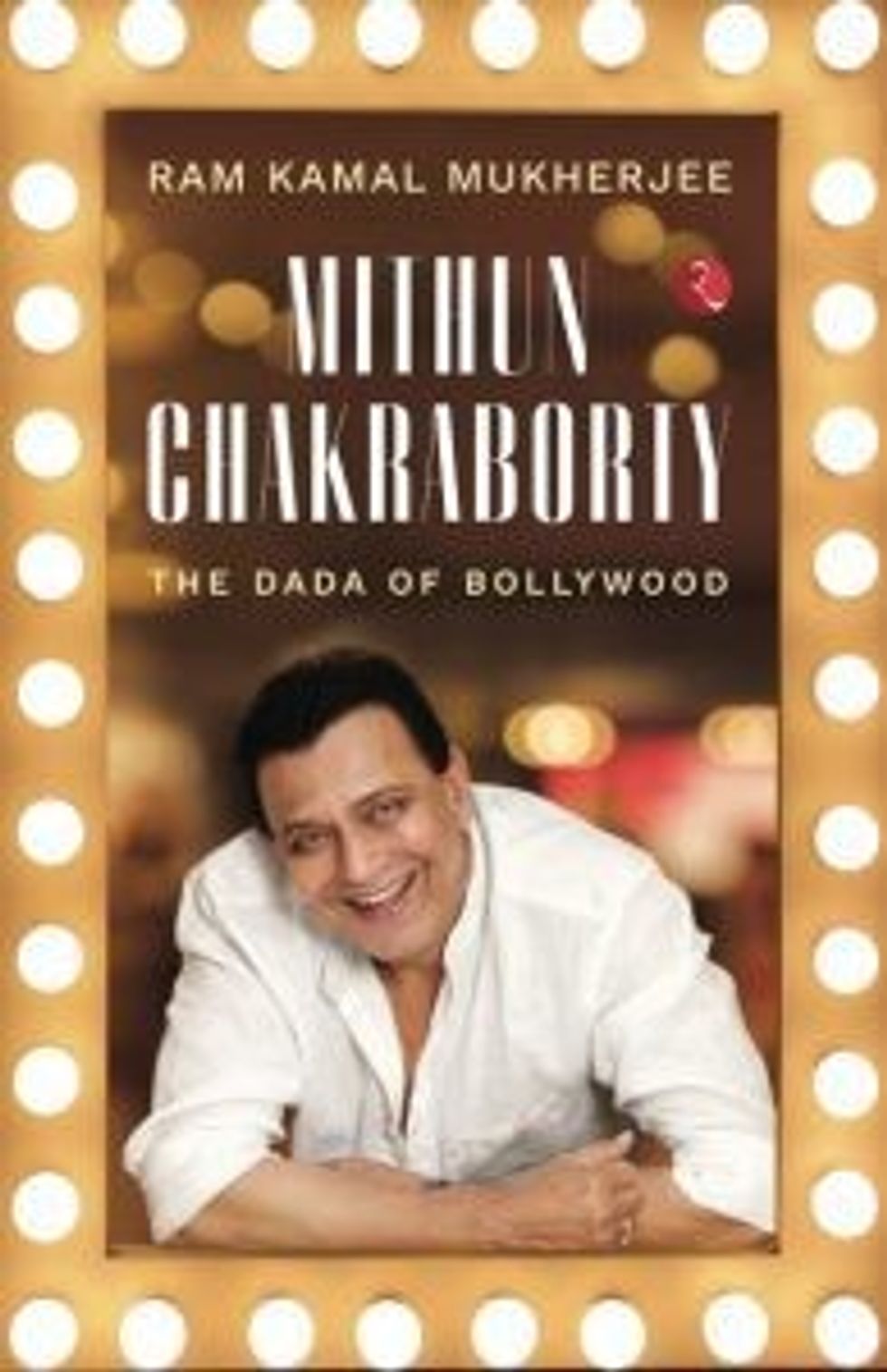

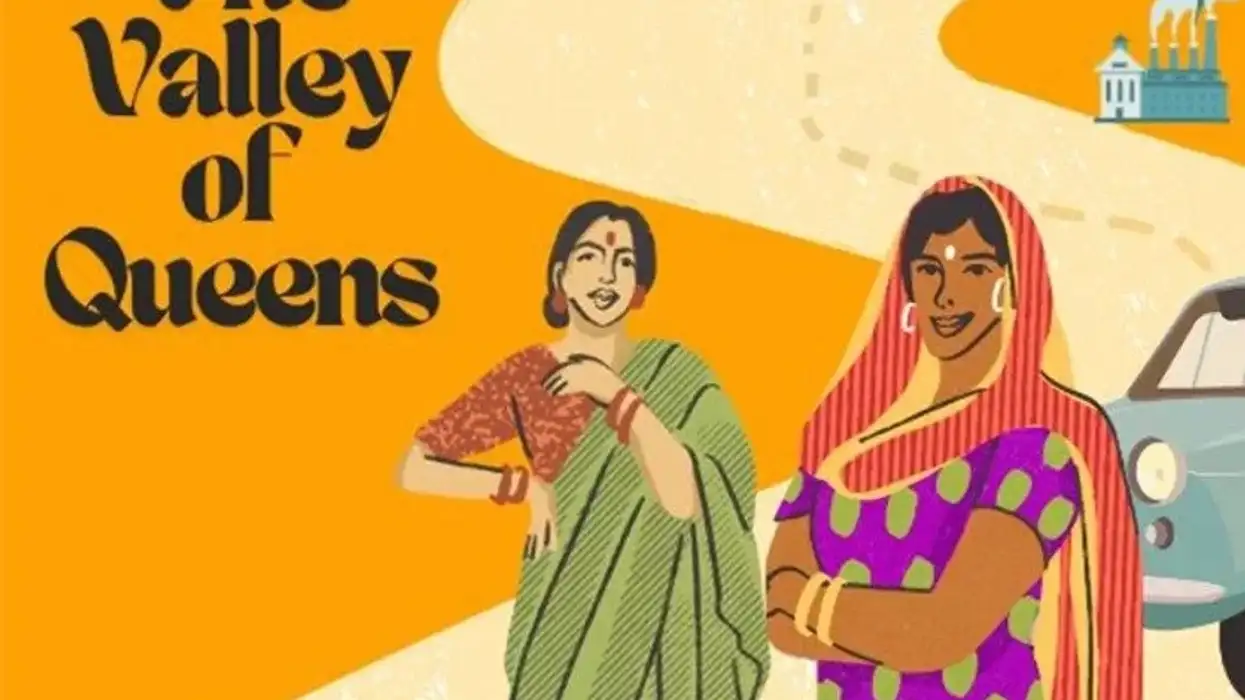
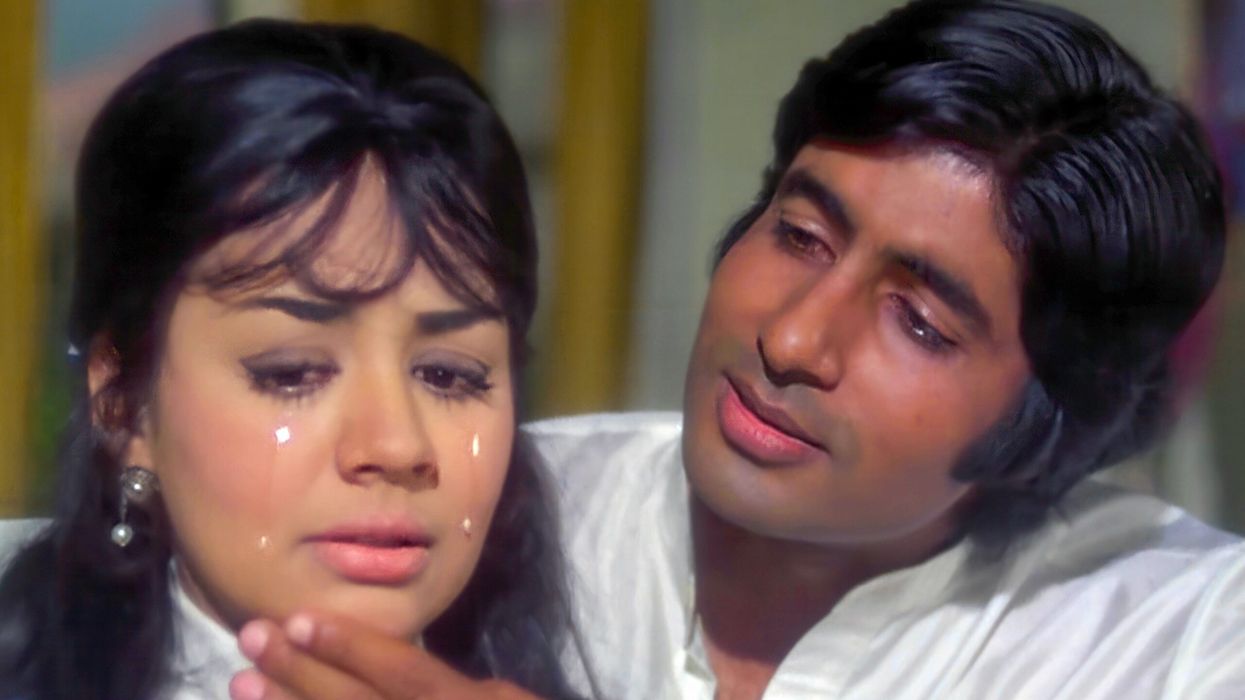
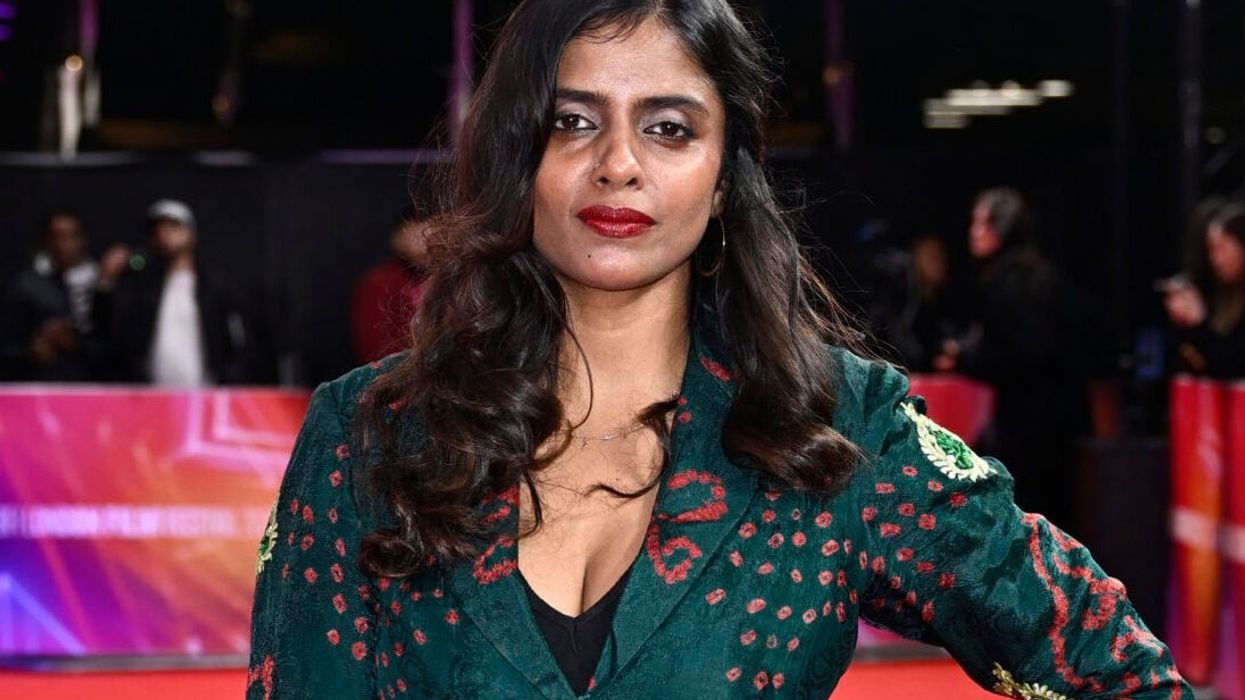

 The Christmas light walks in central London that still feel festive Getty Images
The Christmas light walks in central London that still feel festive Getty Images 